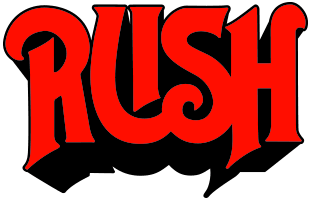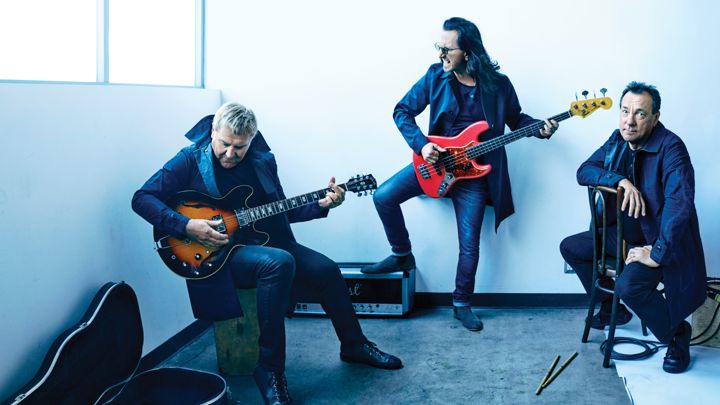
Rolling Stone: From Rush With Love
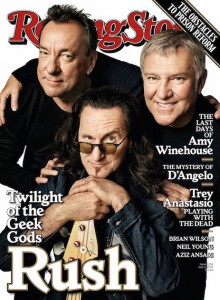 As we mentioned, Rush graces the cover of the July 5th issue of Rolling Stone — the first time in the band’s history. Senior writer Brian Hiatt trailed the band to early tour rehearsals in Los Angeles and soundchecks in Tulsa, Oklahoma, interviewing Neil Peart, Geddy Lee and Alex Lifeson about their lives and careers, from their childhoods to their Eighties evolution to the recording of 2012’s Clockwork Angels.
As we mentioned, Rush graces the cover of the July 5th issue of Rolling Stone — the first time in the band’s history. Senior writer Brian Hiatt trailed the band to early tour rehearsals in Los Angeles and soundchecks in Tulsa, Oklahoma, interviewing Neil Peart, Geddy Lee and Alex Lifeson about their lives and careers, from their childhoods to their Eighties evolution to the recording of 2012’s Clockwork Angels.
It’s a comprehensive piece that is full of interesting nuggets. You can read the entire article on the Rolling Stone website.
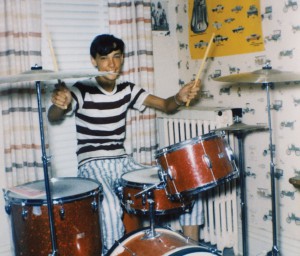
Snippets With Neil
For years, Peart wore a piece of one of [Who drummer Keith] Moon’s shattered cymbals around his neck, retrieved from a Toronto stage after a Who concert, and his current drum kit includes a sample trigger bearing the Who’s old bull’s-eye logo.
Ultimately, Peart wants the freaky, purist kid he once was to be proud of him:
“It’s about being your own hero,” he says. “I set out to never betray the values that 16-year-old had, to never sell out, to never bow to the man. A compromise is what I can never accept.”
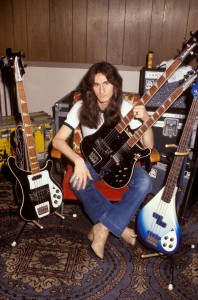
Snippets with Geddy
There were some interesting observations about the band’s insistence to rely on just the three of them to pull off their complex orchestrations live:
Lee multitasked, holding down bass and vocals while also using every available limb to play synthesizers and trigger backing parts — a feat that pushed virtuosity into the realm of circus act.
“Every rehearsal, I was screaming, ‘I can’t do it!’ ” says Lee. “But it just felt wrong to have another dude onstage with us. We talked about it all the time — we still talk about it! But it’s a no-go zone, can’t do it.” They had their rules, and they kept to them — Peart wouldn’t even play the same drum fill more than once in a song.
And when Hiatt talks about hanging with Geddy at a Tulsa Drillers game, he says:
…He’s certainly the most recognizable member — even with a cap pulled low, fans interrupt him a good 20 times as we try to take in a minor-league baseball game in Tulsa.
Geddy adds in a humorous, self-effacing way:
“My features are kind of profound in a cartoonish way,” says Lee, “and I haven’t changed much physically. Whereas as Alex has aged, he’s gotten more of a squarish head. He looks more like a normal person. I don’t look like a normal person.”
Snippets with Alex
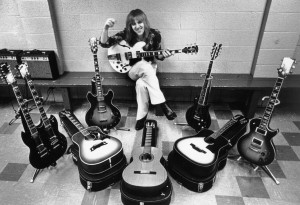
Alex got married in his early twenties, and Rush’s success weighed a bit heavier on him, as he already had a child:
“It was certainly a concern,” he says. “But I always had a backup in plumbing.” He channels his dad’s Slavic accent: “ ‘You could make good money in plumbing!’ I used to go with him on jobs. He’d pick me up after a bar gig at 1:30, then I’d go work with him through the night on some plumbing job till 8:00 in the morning. Then he’d take me home and then he’d go to work.”
And even when Alex isn’t onstage, his joy for playing guitar is evident:
In the hotel room, Lifeson picks up his PRS acoustic guitar — his own signature model — and plays for a long while, eyes closed, seamlessly unwinding a series of chiming, pastoral chords and driving, Led Zeppelin III-like riffs. None of it sounds like anything in Rush’s catalog.
“This is what I do,” he says. He did the same last night, returning to his room after a three-hour Rush rehearsal to make more music. “I can sit and play for hours for my own enjoyment. It has nothing to do with Rush. It’s just a pure exercise of joy.”
